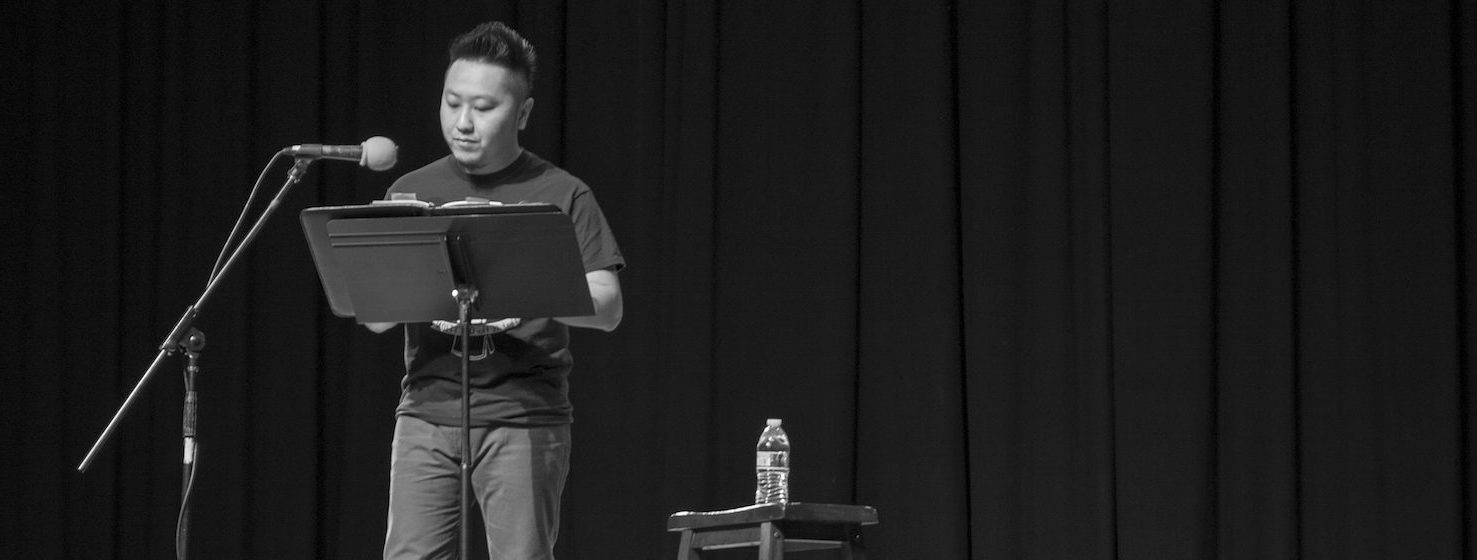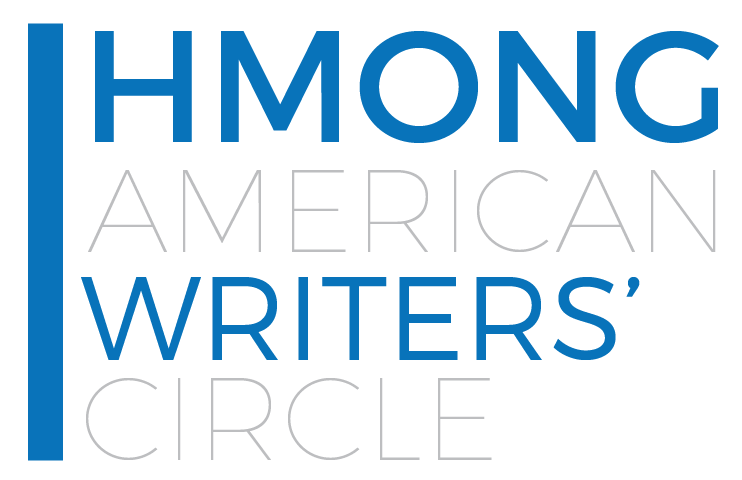
HOW DO I BEGIN? A HMONG LITERARY ANTHOLOGY
(Heyday, 2011)
This anthology has been one of the goals of HAWC from the very beginning. Most of the writers within these pages are from California, mainly the Central Valley. This 400-mile stretch of flatland that dominates the central portion of California, one of the world’s most productive agricultural regions, is home to some 47,000 Hmong.
“I have always felt that the Central Valley was the ‘true’ Hmong paradise, or the refuge, the place for those in exile, internally and externally,” says Mai Der Vang, a writer and member of HAWC. “And the irony or the paradox is that it is not paradise in the way we might imagine San Francisco or Los Angeles to be—with employment opportunities, great weather, scenic views—but it is paradise because there was a sense that people could really start their lives over, especially after having been through a war.
I remember in the 80s when hundreds of Hmong began to flock to the great ‘west’ with the hope that they’d find land to farm, mountains to reminisce, and family nearby. It almost reminded me of the Gold Rush or Dust Bowl era when people moved west in search of new opportunities, for whatever reasons. My own family was first resettled in St. Paul, MN but could not handle the weather and so it was decided that the clan would move to this mysterious ‘paradise’ called ‘Fresno.’”
“[A]n immigrant who has already made his own deep connections with the landscape,” Gary Snyder describes the poet Pos Moua, also a HAWC member. But there are other Hmong writers in this collection who are writing from as far away as Washington, Minnesota, Illinois and Ohio, and yet their prose and poetry resonate thematically with those writing from within the Central Valley. Some have either visited or lived in the valley, or still have family members here.
A surprising inclusion are also two non-Hmong writers, Bryan Thao Worra and Anthony Cody, whose long experiences with the Hmong have woven them into its community. “The perspective is one of experience,” says Anthony. “There can be and should be a tie for people across ethnicities in whatever ways their stories, or the stories of their ancestors, intersect.” Soul Choj Vang agrees. “Writing is an individual act,” he says, “but it needs a context, a community, to be meaningful. It can never be a monologue, it has to be part of a larger conversation.”
I believe all the voices in this anthology transcend ethnic and geographic boundaries and speak about the collective experience of the Hmong as well as what it means to be a member of the larger and diverse community of America. Margins are erased and worlds confront and begin to live within one another. The subjects we’ve written about are vast but interconnected. Some of us have revisited the ghosts of war or lamented on the loss of a country or explored the challenges of assimilation. Some have examined more universal themes like identity, family, food, love, religion and pop culture. Some write as representatives of the Hmong, some as individuals. The prose and poetry in this anthology are glimpses of our perseverance through war, persecution and exile. Through ethnical, cultural and language barriers. How we have survived the elements, the invisible. How we have overcome ourselves.
-Burlee Vang, HAWC Founder
